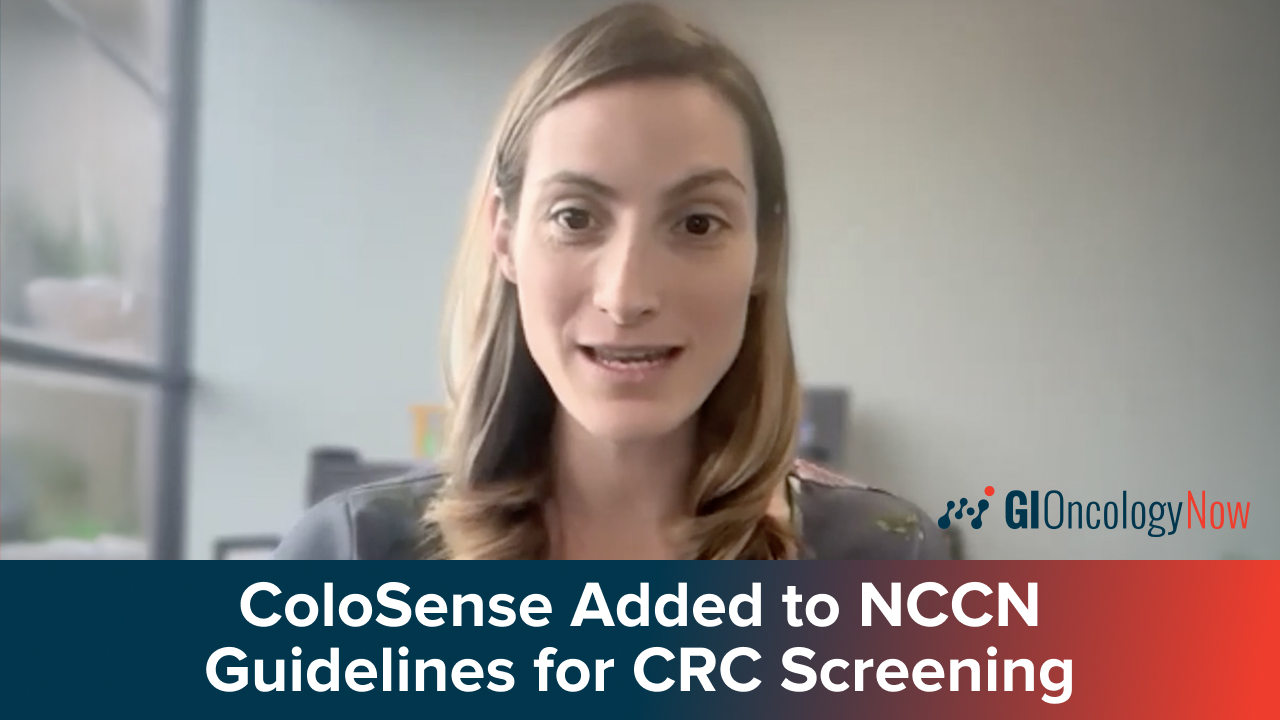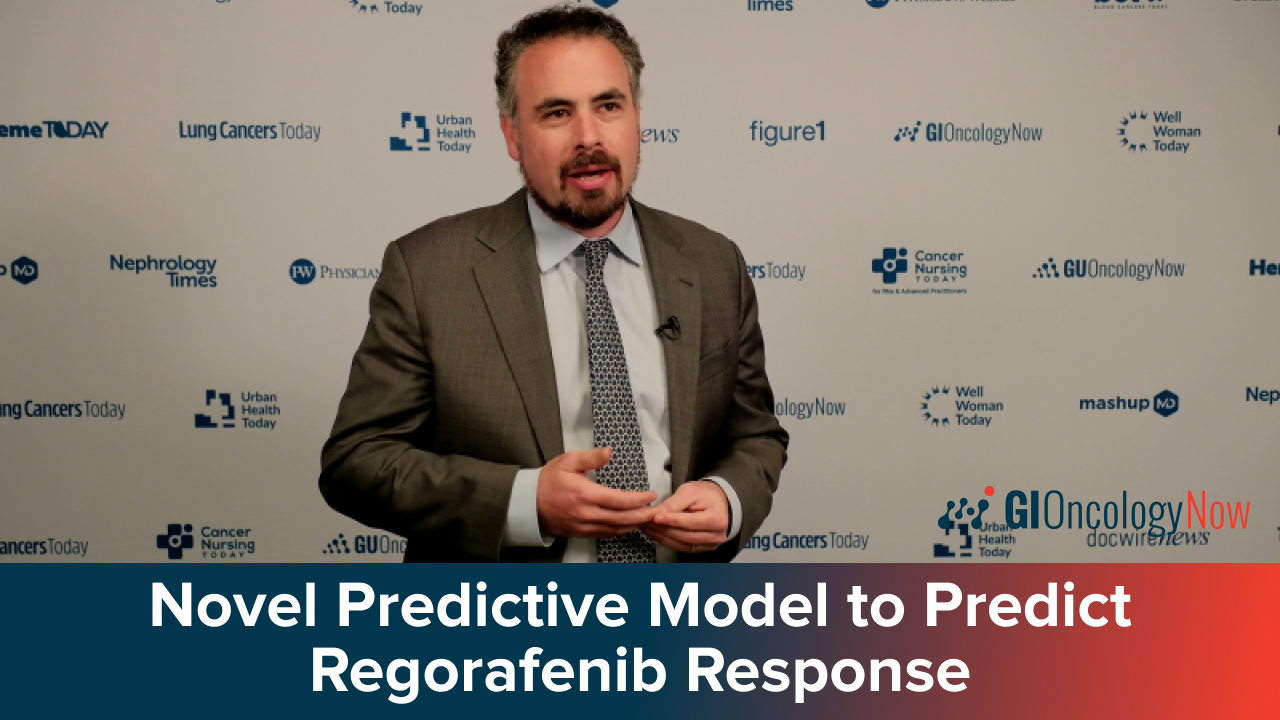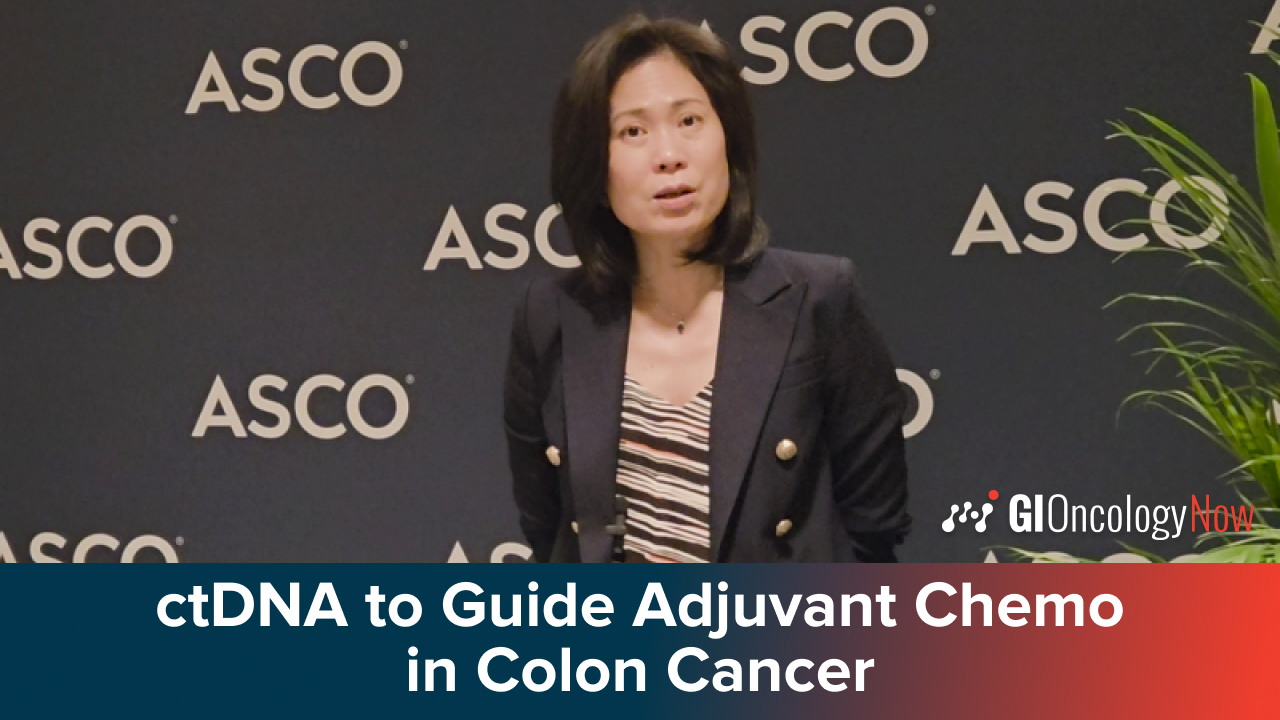
Patients of physicians with higher adenoma detection rates (ADRs) during colonoscopy often have a lower risk of colorectal cancer (CRC) after screening colonoscopy. For physicians with an ADR above the recommended threshold, it is unknown if improving ADR is linked to a lower incidence of CRC in their patients.
A recent observational study sought to determine if there is a correlation between the improvement of ADR and lower rates of CRC in patients who undergo colonoscopy.
The study analyzed data from 789 physicians who performed 485,615 colonoscopies between 2000 and 2017. Joinpoint regression analyses were utilized to find trends between changes in ADR and post-colonoscopy CRC incidence. The rates of CRC after colonoscopy were compared between physicians with improved ADR – defined as either an improvement by at least 1 ADR sextile category or remaining in the highest category – and those without improvement.
The median ADR was 21.8% (15.9%-28.2%), while the maximum ADR was 63.0%. Joinpoint regression showed a change in CRC incidence trends at an ADR level of 26%, corresponding to a CRC incidence of 27.1 per 100,000 person-years.
The incidence of CRC after colonoscopy was lower in the patients of physicians whose ADR went up from a baseline of less than 26%, compared with patients whose ADR did not improve from this baseline (incidence of 31.8 vs 40.7). This finding was not seen in physicians whose baseline ADR was 26% or higher, at a CRC incidence rate of 23.4 versus 22.5 in those whose ADR was above 26% at baseline and did not improve during follow-up.
While improved ADR was linked to a lower incidence of colorectal cancer in patients who underwent colonoscopy, the improvement only occurred among patients of physicians with a baseline ADR of less than 26%.






 © 2025 Mashup Media, LLC, a Formedics Property. All Rights Reserved.
© 2025 Mashup Media, LLC, a Formedics Property. All Rights Reserved.